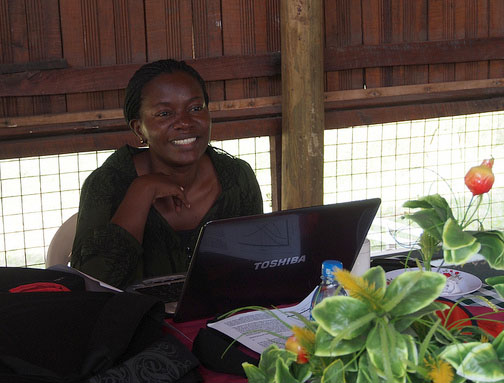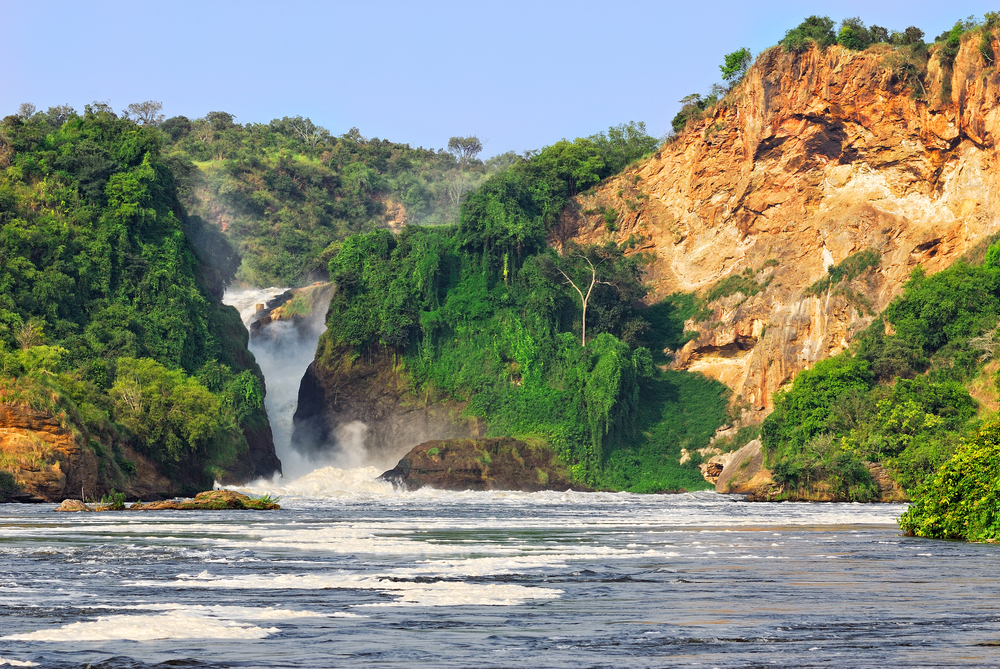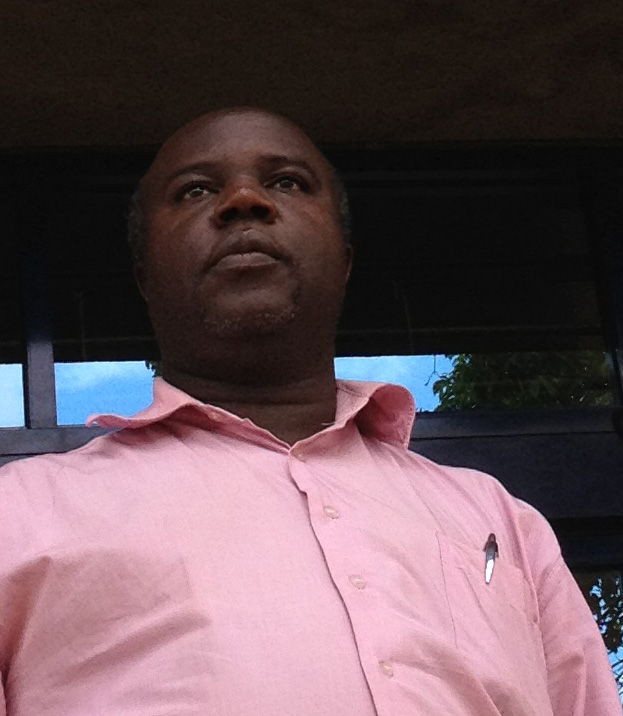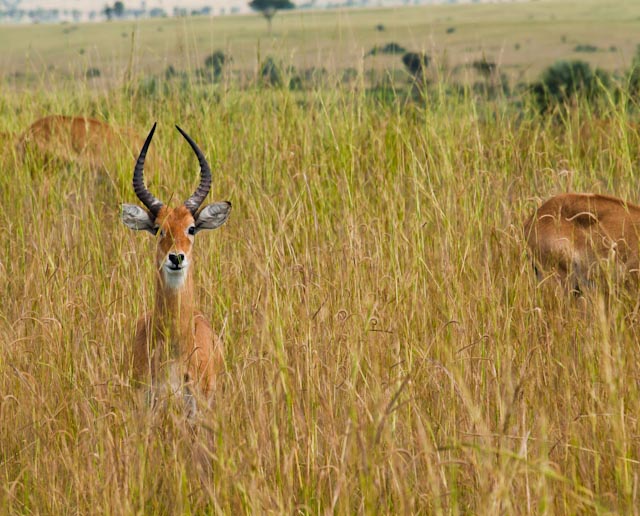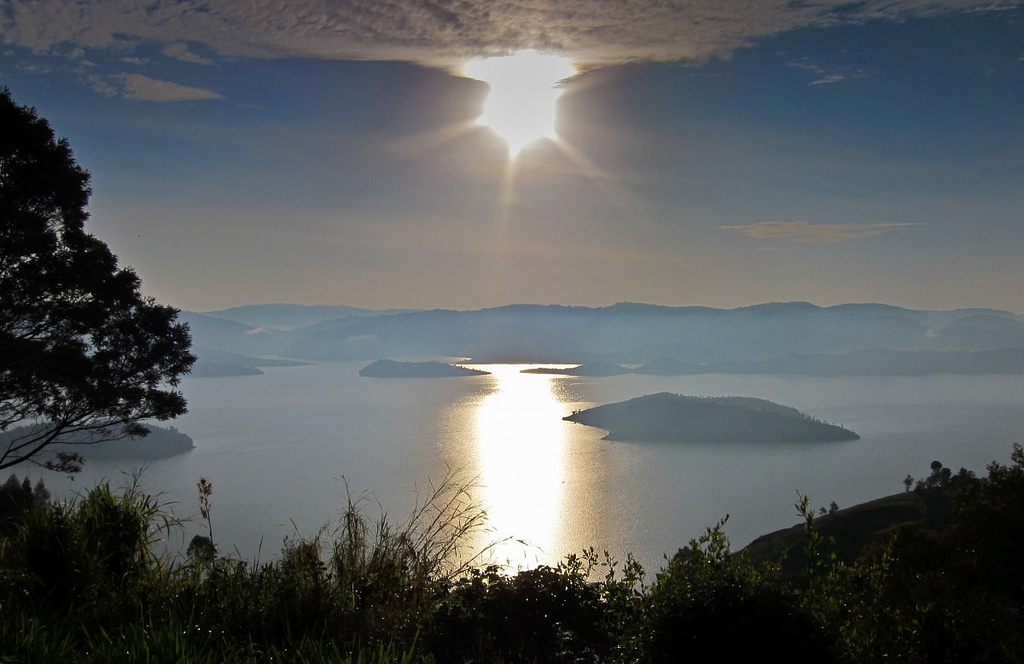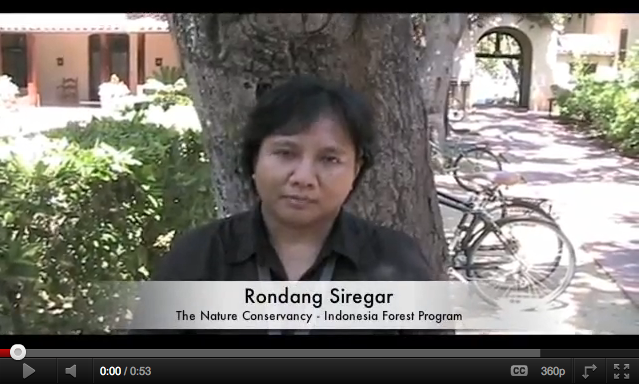News
Born in Uganda, Sarah Naigaga first came to CSF as a student at our Economic Tools for Conservation course in 2004 with the hopes of sharpening her analytic skills. At the time, she had been working with Greenwatch, an environmental law organization, and was involved in reviewing the Bujagali hydro dam. She was also selected as a representatives of civic society organizations to review the strategic sectoral, social, and environmental assessment of power development options in the Nile Equatorial Lakes Region. This process exposed her to broader issues of development and allowed her the opportunity for collaboration with a multitude of actors across several countries.
The Albertine Rift is the 920-mile long western area of the East African Rift, covering parts of Uganda, the Democratic Republic of the Congo, Rwanda, Burundi and Tanzania. It runs from the northern end of Lake Albert to the southern end of Lake Tanganyika. Formed over millions of years, the Albertine Rift is the result of two tectonic plates that once collided and are now slowly moving apart. This geologic activity has created some of Africa's tallest mountains and many of the world's deepest lakes. In addition, the unique variation in elevations has contributed to the diversity of habitats that include wetlands, alpine grasslands, lowland and montane forests, and woodland savannas. Within these habitats, one finds everything from active glaciers to volcanoes.
An hour drive from Kampala lies the Mabira Forest, one of the few remaining natural forest reserves in Uganda. Rich in biological diversity, the forest contributes to the livelihood of the adjacent communities and provides an opportunity for ecotourism. In 2009 the Sugar Corporation of Uganda Limited (SCOUL) requested permission from the government to use part of the Mabira Central Forest Reserve for sugarcane growing. CSF graduate Ronald Kaggwa took action. An environmental economist at the Uganda National Environmental Management Authority (NEMA), Ronald conducted an economic analysis to prove that the net benefits of conservation far outweighed those of sugarcane.
CSF's Irene Burgués and John Reid traveled to Uganda in November to establish our first long-term program in Africa. The program's initial focus will be on conserving ecosystems in the context of major infrastructure development in the Albertine Rift region shared by Uganda, Rwanda, Democratic Republic of Congo and Tanzania. The region is home to cloud forests, lowland rain forests and savannas, along with active volcanoes and endangered wildlife such as the mountain gorillas. CSF will work with government and NGOs to minimize the impact of new roads, dams and oil on these fragile resources. We are fortunate to have the partnership of the Uganda National Environmental Management Authority (NEMA) as we begin this process.
CSF will launch African and Himalayan initiatives and expand Andes-Amazon programs through $1.2 million agreement with Biodiversity Understanding in Infrastructure and Landscape Development (BUILD) program of USAID.
The United States Agency for International Development (USAID) recently announced a $1.2 million agreement with Conservation Strategy Fund (CSF) to launch a comprehensive initiative in central Africa, expand CSF’s programs in the Andes-Amazon region, and initiate a limited program in Asia’s Himalayan region. The goal of the program is to promote biodiversity conservation through infrastructure best practices.
Rondang Siregar is an Indonesian biologist whose passion is protecting the wild orangutans of her native country. She recently attended CSF’s 13th annual Economic Tools for Conservation course at Stanford University where she and 27 other conservationists from around the world gathered to learn how economic tools could help them succeed. Watch the video below to hear Rondang explain how CSF’s economic training, combined with her skills as a biologist, could help her protect these noble and endangered apes.

